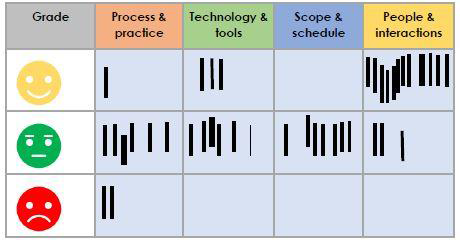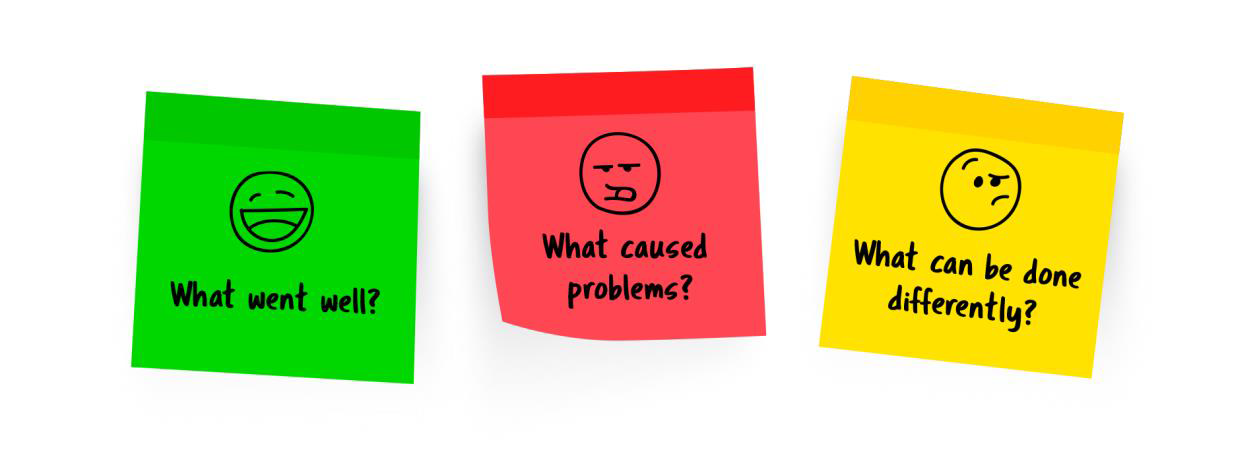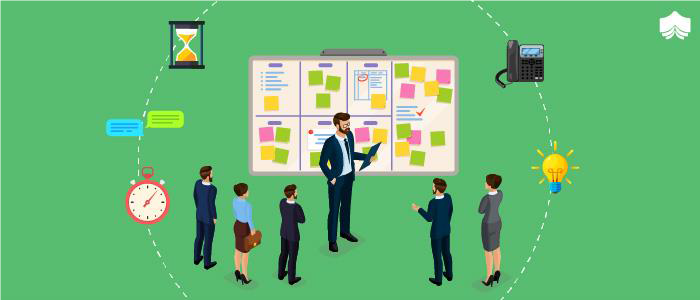Contact
Magnus Ljung
Senior Extension Specialist at the Department of People and Society
Tel: +46 511 671 17, +46 703 387 117
Lotta Fabricius Kristiansen
Research assistent at Department of People and Society
Telephone: +4651167116, +46730577151
Key messages and intentions!
Objective: What did we hear, see or engage in?
Reflective: How did this resonate with you? How did you react to it?
Interpretative: What are the key messages?
Decisional: What can you actually apply/use?

(Save the picture by rightclicking and choose Save as...)

Ask the group to reflect and be mindful of a Rose, Thorn, and Bud they have experienced. Help them describe new ideas and things they are looking forward to learning or experiencing. Also, give them the opportunity to reflect on those things they found challenging in order to be able to offer better support.
Rose = A highlight, success, small win, or something positive that happened.
Thorn = A challenge you experienced or something you can use more support with.
Bud = New ideas that have blossomed or something you are looking forward to knowing more about or experiencing.
Give the group 30 seconds to a few minutes to sit silently to reflect on their rose, bud and thorn. Then give them 5 to 10 minutes to jot down ideas on a piece of paper or print out the graphic organiser provided here.

Share your own rose, bud, and thorn, and then go around the room asking participants to share their rose, bud, or thorn or reflect on the activity itself.
Check in after completing the activity and ask participants to notice their energy level and thoughts before and after the activity.
A possible extension for this activity is to brainstorm strategies for turning thorns into roses or to describe ways thorns might support learning and growing.
Source: https://www.mindfulschools.org/inspiration/mindful-reflection/
After the end of an event the Happiness Board gives the participants the opportunity to give feedback on various aspects of the event, for example:
Alternatively, the feedback can be guided by questions such as
The participants note down each answer to a Post-it and position it in the corresponding column. The questions can be answered directly or the next day.
Usually a wall - pin board, whiteboard, etc. - is used to work on with Post-it's. On the vertical axis the degree of satisfaction is represented by 3 to 5 smileys. The horizontal axis is either used to list different categories such as "process", "collaboration", "results" (Happiness Radar) or to allow a temporal assignment of the feedback (Happiness Wall)
The Happiness Radar gives participants the opportunity to give feedback on various aspects of the event after an event, e.g:
About the process

The Happiness-Wall accompanies an event permanently and gives the participants the opportunity to communicate their satisfaction or suggestions directly. The feedback is allocated chronologically and is easier to follow afterwards. Highlights and weak phases are recognizable for everyone.
At the beginning of the event, the facilitator should point out that feedback can be given at any time on what was noticed - positive or critical. The facilitator can himself - as a role model - use this wall to reflect his perception:
During the event you can always turn back to the wall.
The Happiness Wall can also be linked to focal points to which attention should be drawn and on which feedback should be given. If, for example, it is helpful learning for the group to keep the focus on the meta or process level, the wall can be used primarily for process feedback:
The retrospective comes from agile management. "Afterwards you are always smarter!" is a common opinion. One would like to be smart enough to carry out a project successfully. In fact, it is mainly the adaptation to the concrete situation as well as the manifold interactions of different teams, decisions and organizations that are the reason why the world is too complex for many projects to be predictable and plannable in advance. Therefore a means of pragmatic adaptation to the realities is needed: retrospectives. Retrospectives are team meetings where it is important to learn from the past: What are our Lessons Learned? To do this, the team members look back together and evaluate what went well and what went badly. They also analyze why things were good or bad in order to come up with measures for improvement.
Retrospectives serve to improve, to "sharpen the saw" of a team. Teams can make improvements in the way they work together as individuals and in the choice of tools and processes. These improvements can be in many areas: Higher productivity, fewer errors, better compliance with rules, etc.
Retrospectives are usually performed in the following 5 steps:
It can be fruitful for teams to conduct retrospectives regulary and also work on longer retrospectives at longer intervals to get an overview of the development. As many project
participants as possible should participate. It can also be useful if only one core team conducts a retrospective because they can then talk more openly about problems in the team than would be possible, for example, with executives present.

Source: https://medium.com/hike-one-digital-product-design/effective-yet-fun-retrospectives-336f6d40a65b
Is there a moderator and is it clear to everyone who that is?
Does the moderator vary the format of the retrospective?
Does the retrospective generate concrete, realisable (SMART) measures?
This meeting should happen in regular time periods. A team organises itself and its work in this meetnig without the involvement of managers or external decision-makers. The participants of the Daily (Regular) Standup stand together for a maximum of 15 minutes and talk in turn about the results of the previous days/weeks, barriers and their plan for now. In this way, the team members make their status and major problems transparent and can help each other to remove barriers in order to achieve the jointly set goal.

Source: https://www.knowledgehut.com/blog/agile/how-not-to-be-agile
The purpose of the stand-up is primarily to improve communication and the project process through faster feedback. Through the very short feedback rhythm, the team increases the project speed. Barriers and obstacles are addressed early and can be solved promptly. Regular synchronisation ensures that the team is moving in the same direction and working together towards the same goal.
Magnus Ljung
Senior Extension Specialist at the Department of People and Society
Tel: +46 511 671 17, +46 703 387 117
Lotta Fabricius Kristiansen
Research assistent at Department of People and Society
Telephone: +4651167116, +46730577151